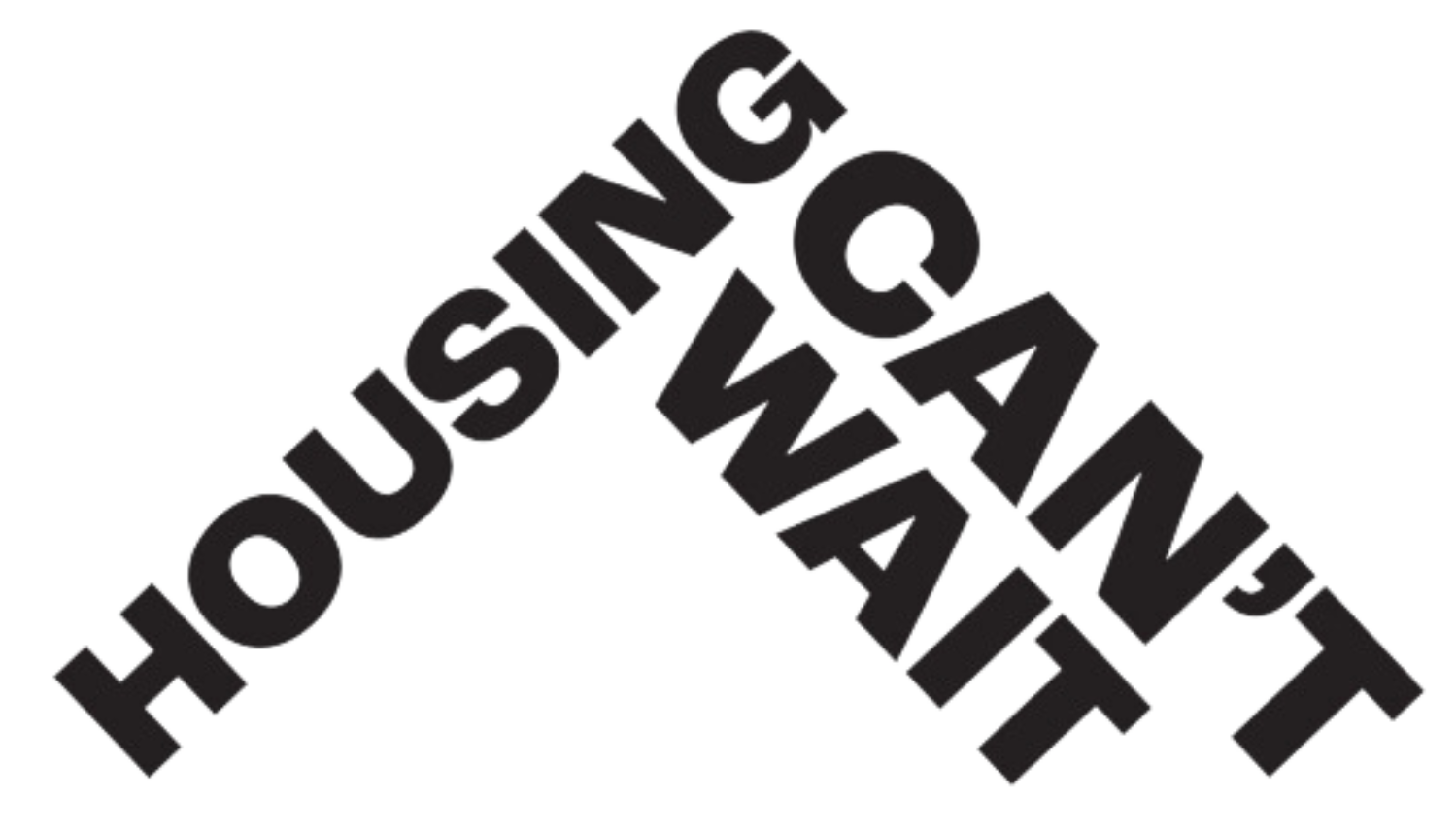THE HOUSING CHALLENGE
Appalachia is experiencing a severe housing crisis. There is a critical need for safe, affordable housing, yet the region continues to be overlooked for investment. Now, more than ever, we must prioritize housing as the foundation for economic stability and community resilience.
The Housing Challenge: Over the next five years Fahe is doubling our impact in Appalachia by building or rehabilitating 60,000 homes and providing community services to benefit 1 million people. We need your support and partnership. Join us!
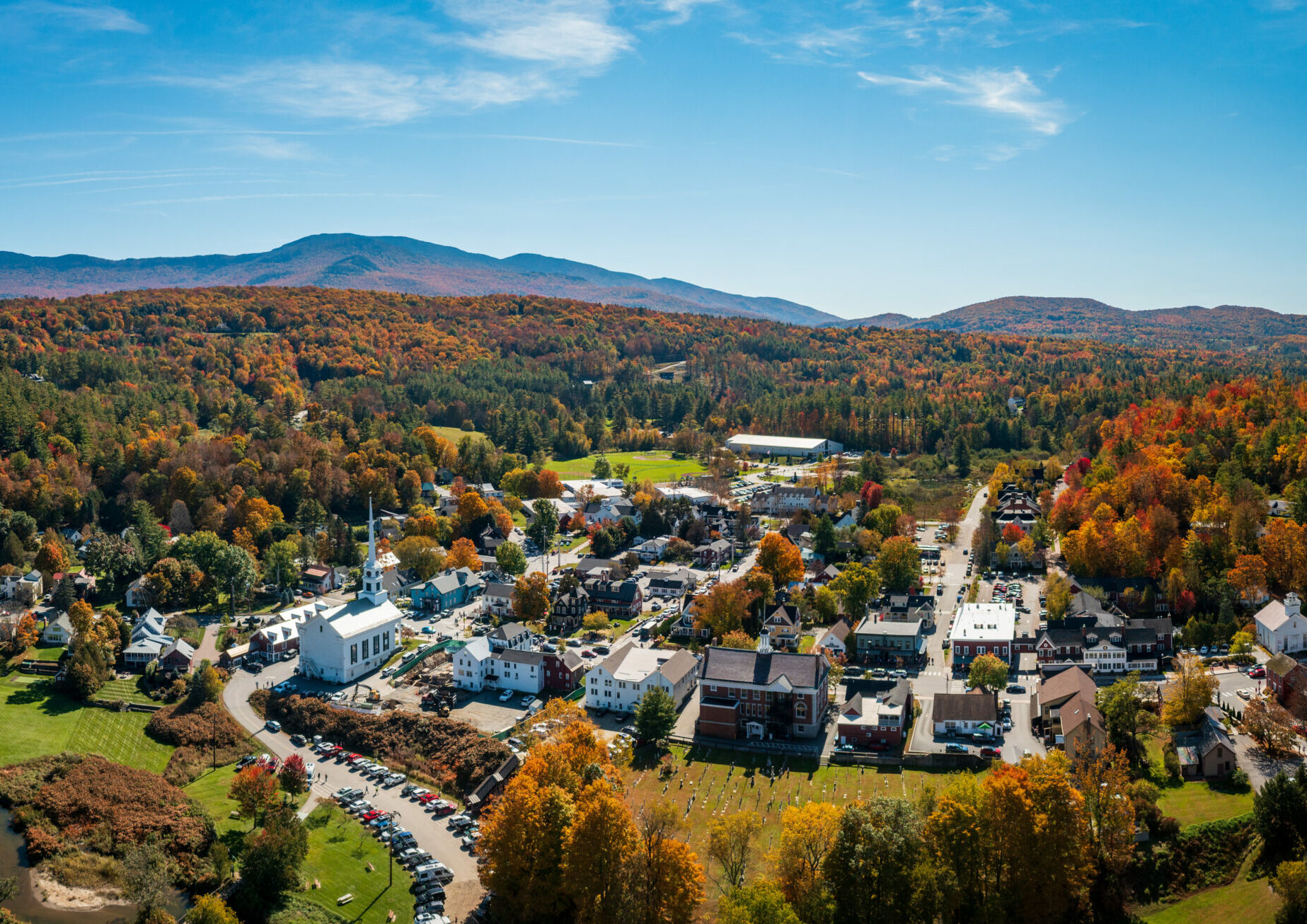
Why Housing Matters
Limited Availability
In many markets, housing is either nonexistent or being bought out before first-time homebuyers can access it.
Aging and Inadequate Housing Stock
Nearly half a million people in Appalachia live in homes built before 1930 or have incomes below 30% of the area median income, limiting their housing options.
Decline in Affordable Home Construction
In the 1970s, Appalachia built 500,000 homes under 1,400 square feet annually. By 2020, that number had plummeted to fewer than 50,000.
Loss of Housing Units
Between 2015 and 2021, approximately 190,000 homes were removed from Appalachia’s housing stock due to abandonment, disaster, and decay- further driving up costs and reducing availability.
Lack of Investment
Appalachia attracts less housing investment than other regions, making it difficult to develop and maintain affordable housing.
Federal Cuts
Reduced HUD funding has diminished the purchasing power of low-income families, exacerbating the crisis.
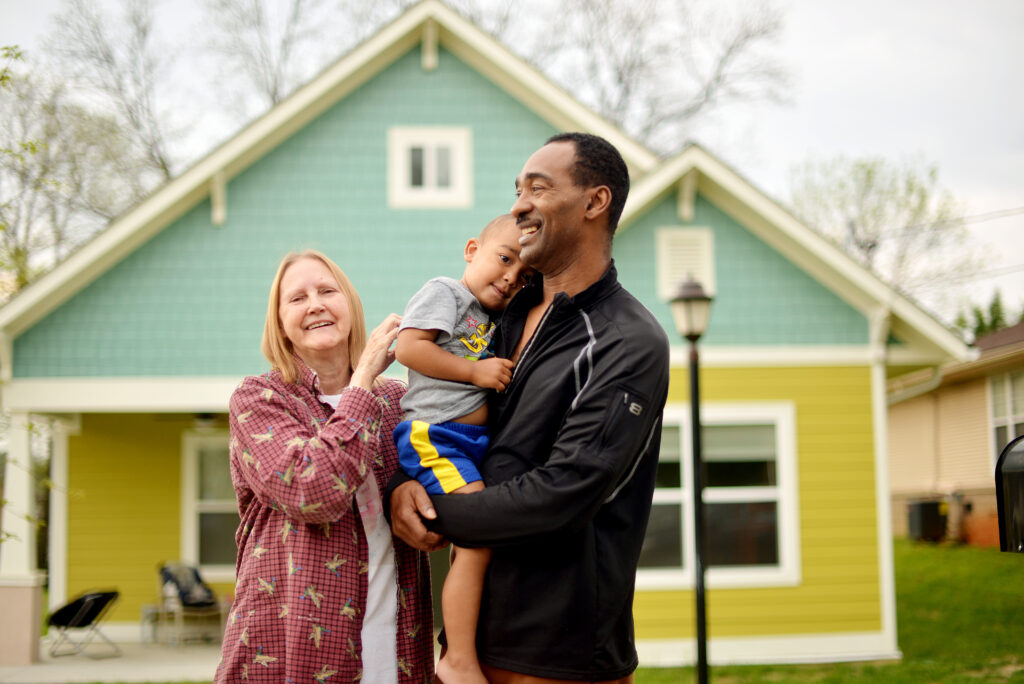
Shifting the Approach: Housing as Economic Development
For decades, economic development strategies have focused on attracting jobs and businesses, assuming that housing would follow. This approach is no longer viable. Today, successful communities are those that prioritize housing first—creating strong neighborhoods that attract employers, remote workers, and economic opportunities.
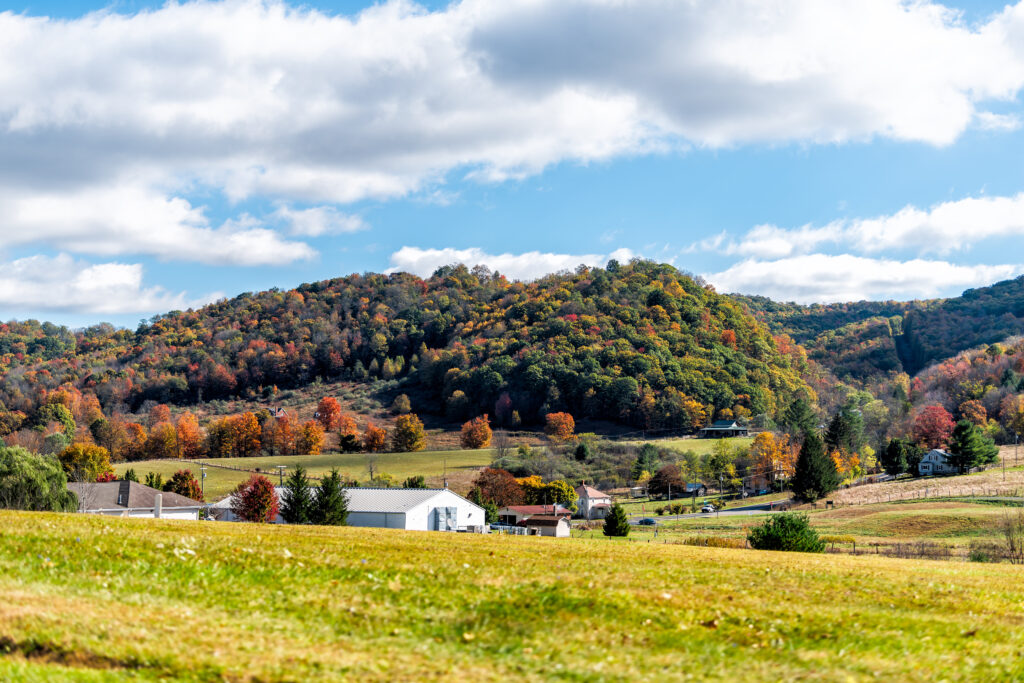
Overcoming Misconceptions About Appalachia
Too often, Appalachia is portrayed solely through a lens of poverty and struggle. This narrative overlooks the resilience, innovation, and collaboration driving real progress in the region. While national discussions often focus on what is lacking, our communities are proving that sustained effort, not temporary interventions, is the key to lasting change.



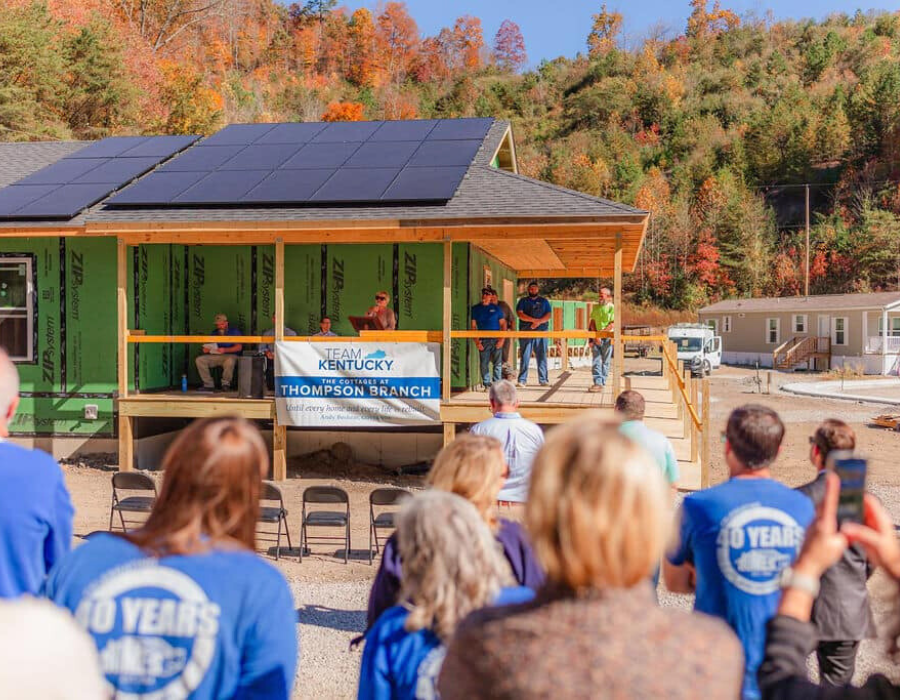
Fahe’s Proven Impact
Fahe and its network of over 50 nonprofit members have a track record of success:
- Over $5 billion invested in communities since 1980
- 30,000 housing units built or rehabilitated in the past five years
- A goal to double our impact to 60,000 units by 2030
- A track record of leveraging federal funding with private and philanthropic investments to maximize impact in persistently poor rural areas
Housing as a Foundation for Economic Growth
Investing in housing in Appalachia isn’t just about shelter—it’s about fostering long-term economic and social stability. Safe, affordable housing directly impacts:
- Wealth building through homeownership
- Job creation in construction, real estate, and local businesses
- Health outcomes, reducing stress and chronic conditions linked to unstable housing
- Educational success, as children in stable homes perform better in school
FOR POLICYMAKERS & FUNDERS
Fahe urges national leaders to shift from short-term interventions to long-term investment strategies.
Instead of focusing on how to “fix” Appalachia, we invite policymakers, funders, and investors to join and support the work that is already yielding results. By leveraging both public and private resources, we can scale these efforts and create a future where every family in Appalachia has access to a safe, affordable home.
